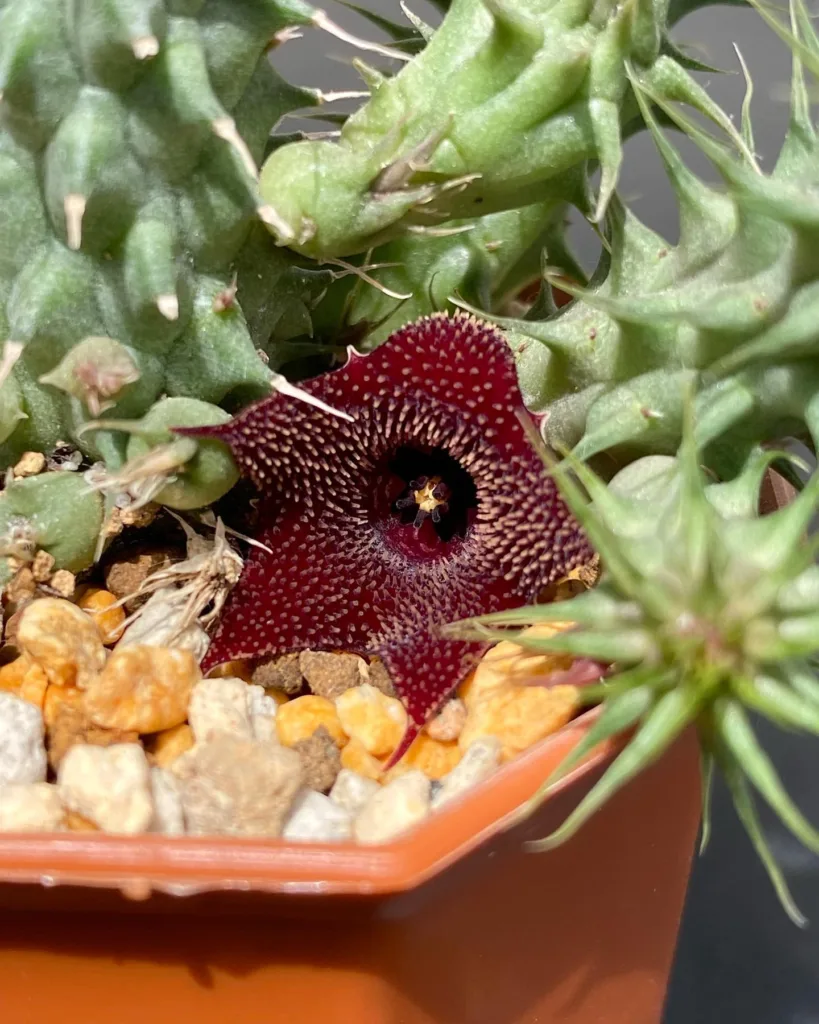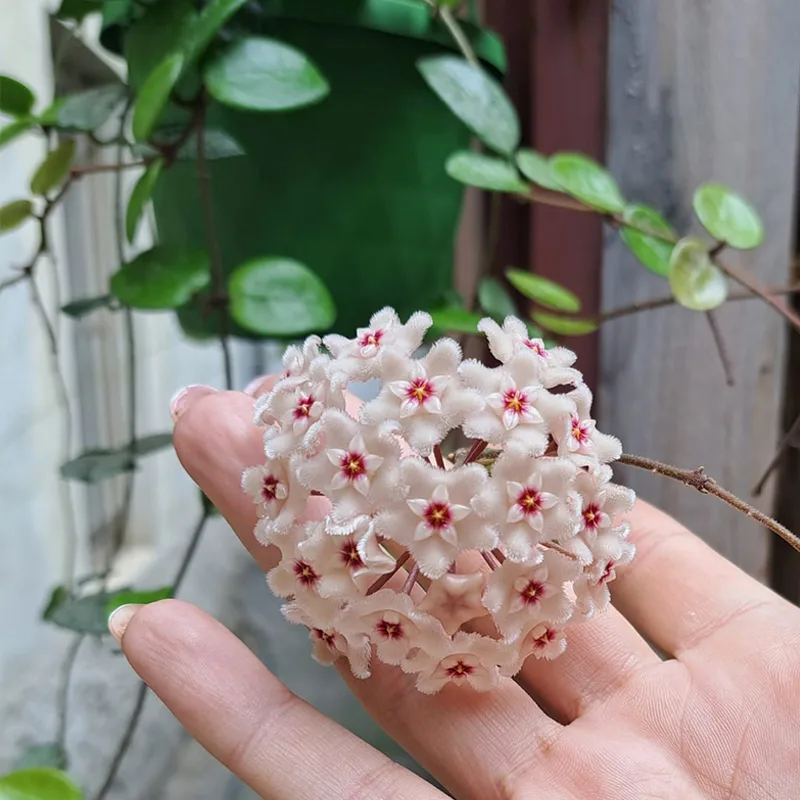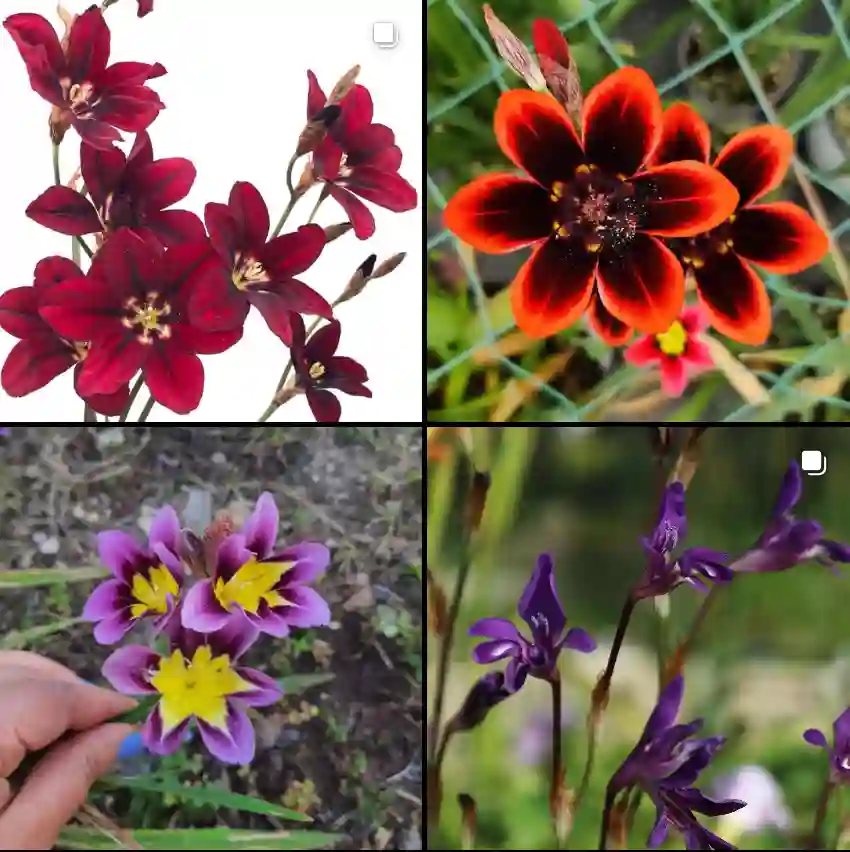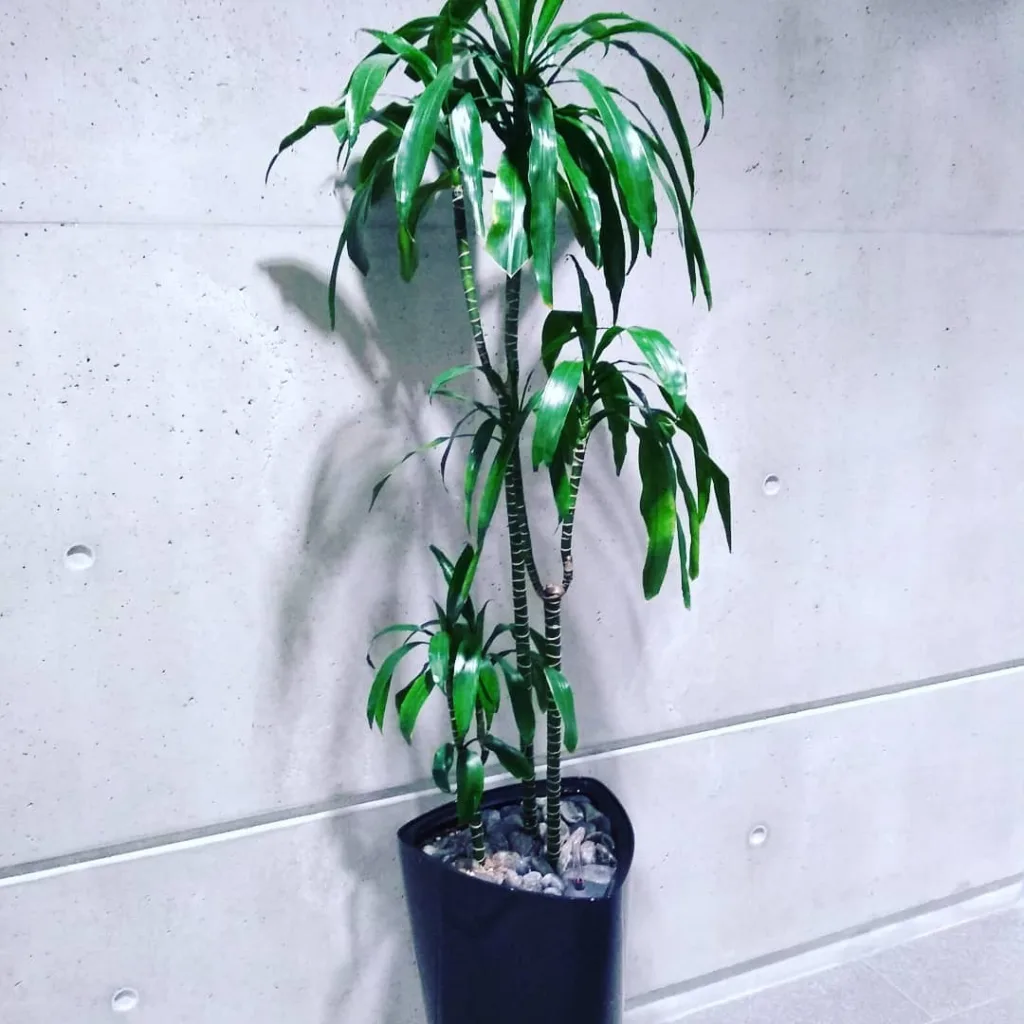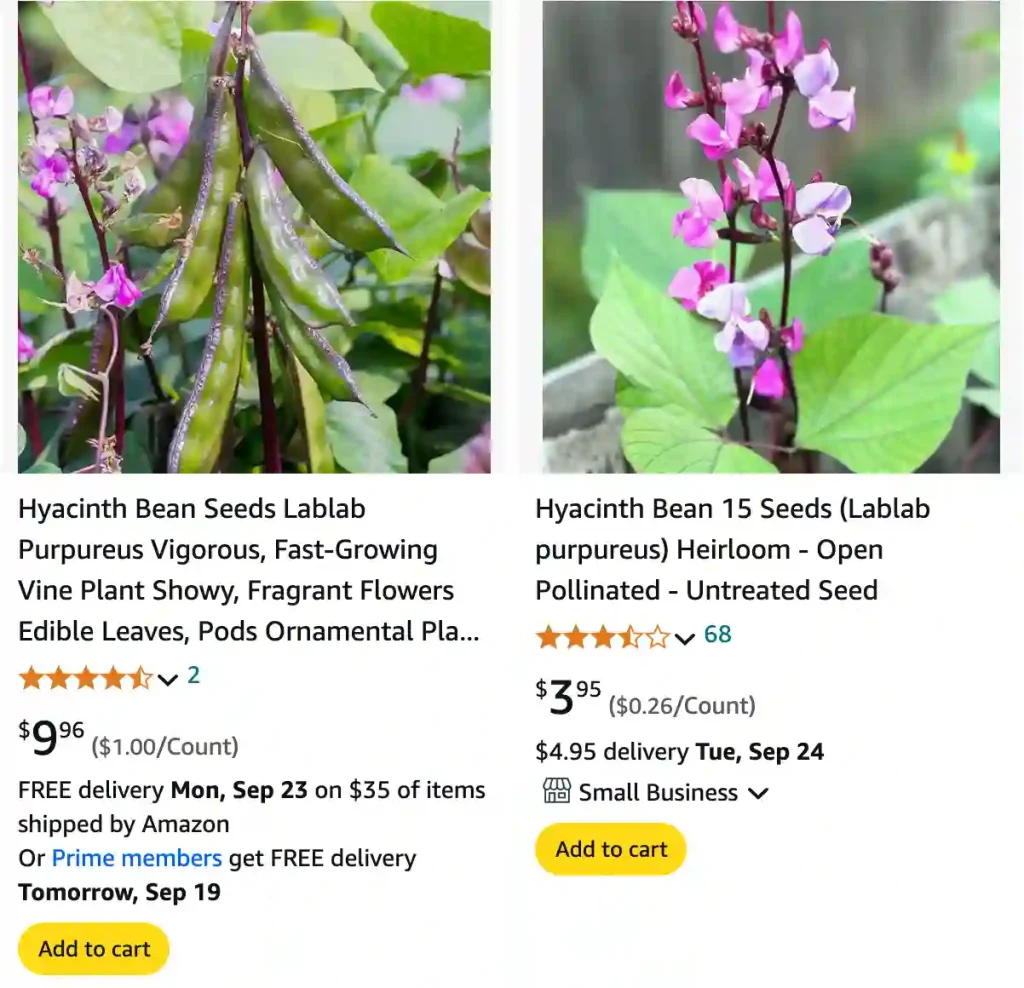
Lablab: A Bean by Any Other Name
My name is Ferb Vu, and I’ve always been fascinated by the diversity of the plant world. Lately, I’ve become particularly interested in the genus Lablab, a group of legumes that are not only beautiful but also incredibly useful. You might know them better as hyacinth beans, bonavist beans, or even Egyptian kidney beans. Whatever you call them, these versatile plants have a rich history and a promising future.
What is Lablab Purpureus?
One of the things that initially drew me to Lablab is its simplicity. Unlike many other plant genera that boast hundreds or even thousands of species, Lablab belong to the Fabaceae family, contains only one: Lablab purpureus. But don’t let that fool you into thinking it’s boring! This single species exhibits remarkable variation, with different subspecies and cultivars showcasing a wide range of traits.
- Lablab purpureus subsp. purpureus: This subspecies is a bushy, semi-erect plant often grown as an annual. It’s favored for its seeds and fodder, and you’ll often find it tinged with a distinctive purple hue.
- Lablab purpureus subsp. bengalensis: This subspecies is a more sprawling vine and is cultivated across the tropics for its tender, edible pods.
How to Grow Lablab Purpureus?
Growing Lablab Purpureus is fairly straightforward, provided you meet its basic needs. This plant thrives in full sun and well-drained soil. I usually start the seeds indoors about 6-8 weeks before the last frost, then transplant them once the soil warms up. It requires plenty of vertical space, so I recommend using a sturdy trellis or fence for support. The vine can reach up to 10-15 feet, so it’s perfect for creating natural privacy screens.
Once planted, I water it regularly but make sure the soil doesn’t stay soggy. Mulching helps retain moisture, and I feed it with a balanced fertilizer once a month during the growing season. In my experience, it’s a fast-growing plant that can quickly cover a structure with its beautiful foliage and flowers.
How to Care for Lablab Purpureus?
Caring for Lablab Purpureus involves regular watering, especially during dry periods. While it’s a relatively drought-tolerant plant, it still appreciates consistent moisture. Be mindful not to overwater, as soggy soil can lead to root rot.
Pests like aphids and spider mites occasionally bother the plant, but they’re usually not a big issue for me. I tend to use neem oil spray if the infestation gets serious. Pruning is essential to encourage more growth and prevent the vine from getting too unruly. I usually trim back excess foliage after the flowering period to keep it under control.
How to Propagate Lablab Purpureus?
Propagation is simple with Lablab Purpureus. I usually collect seeds from mature pods at the end of the growing season. After drying them, I store the seeds in a cool, dry place over the winter. When spring comes, I soak the seeds in water for 24 hours before planting them in well-draining soil. Germination typically occurs in 1-2 weeks, and the seedlings are robust and fast-growing.
What to Plant with Lablab Purpureus?
Lablab Purpureus pairs well with other climbing plants, such as morning glories or nasturtiums, which complement its purple flowers and foliage. It also grows well alongside vegetables like corn, which it can climb, or beans and squash, with which it shares a symbiotic relationship. I find it beneficial to plant it near pollinator-attracting plants like marigolds to enhance fruit and flower production.
Can You Grow Lablab Purpureus Indoors?
While it’s possible to grow Lablab Purpureus indoors, it’s not ideal unless you have a large, sunny space. The plant requires a lot of sunlight and space to climb. I’ve experimented with indoor growing, but the lack of vertical space and light can stunt its growth. If you want to try growing it indoors, ensure you have a large pot, a strong trellis, and access to plenty of sunlight—preferably near a south-facing window.
Is Lablab Purpureus Toxic?
Yes, parts of the Lablab Purpureus plant are toxic if not prepared correctly. The mature seeds contain toxins that can be harmful if ingested raw. However, cooking the seeds thoroughly neutralizes these toxins, making them safe to eat. The young pods, on the other hand, are edible without any special preparation, and I’ve often used them in stir-fries and salads.
Benefits of Lablab Purpureus
One of the biggest advantages of growing Lablab Purpureus is its dual purpose as both an ornamental and edible plant. The vine provides visual interest with its purple pods and flowers, making it a beautiful addition to any garden. Additionally, the plant helps fix nitrogen in the soil, improving fertility for other plants. In my garden, I’ve noticed that growing Lablab improves soil health, which benefits my other crops.
The young pods and leaves are also edible and provide a good source of protein. Although I’ve mainly grown it for its ornamental value, the occasional meal from the garden is a nice bonus.
Common Problems with Lablab Purpureus
Lablab Purpureus is a hardy plant, but like any other, it’s not without its problems. One issue I’ve encountered is powdery mildew, especially during humid weather. To prevent this, I make sure to water the base of the plant rather than the leaves and ensure good air circulation around the vine.
Another problem is aphid infestations. While aphids can weaken the plant, a strong jet of water or an application of insecticidal soap usually solves the problem. Overall, I’ve found this plant relatively easy to care for, with minimal pest or disease issues.
How Does Lablab Purpureus Compare to Other Similar Plants?
Some gardeners confuse Lablab Purpureus with scarlet runner beans or other climbing legumes. While they share similarities in growth habits, Lablab Purpureus stands out due to its striking purple flowers and pods. In terms of edibility, Lablab is slightly more complicated because of the toxicity of its mature seeds, whereas runner beans are safe to consume at all stages.
Conclusion
Lablab Purpureus is a versatile and attractive plant that offers both ornamental beauty and practical benefits. Whether you’re looking for a fast-growing vine to cover a trellis or a source of edible young pods, it’s a great addition to any garden. By understanding how to grow and care for it properly, you can enjoy its full potential, both aesthetically and nutritionally.
If i die, water my plants!
